Tsubakimoto processes 10,000 items per hour
Real-time, embedded data management capabilities empower Tsubakimoto Chain Company to track and sort items super fast.

About Tsubakimoto
Founded in 1917. Based on the company philosophy “Monozukuri* specialists taking the craft of manufacturing to new heights”, they have expanded their business globally on four core pillars: chains, precision machinery, automotive parts, and material handling systems. There are 81 group companies in 26 countries worldwide, with a total number of employees of 8,818 (as of March 31st, 2019). Net sales are about ¥238,515 million annually (Year 2018 results).
*Monozukuri: ‘Mono (things)’, ‘Zukuri (making) ‘ is a unique Japanese manufacturing style that embodies a state of mind or spirit to not only produce excellent products but also constantly improve the production system and its processes simultaneously.
Challenge
Tsubakimoto Chain Co., a global machinery manufacturer, headquartered in Japan, needed a registration and identification database capable of tracking and sorting of up to 10,000 items per hour on their high-speed conveyor belt sorting systems.
Solution
Tsubakimoto tested several different databases and selected Btrieve then later reselected PSQL (its successor), and now Zen to meet their millisecond-level response times for database reads and writes.
Outcome
Tsubakimoto Chain Company has been using Actian for 25 years to support their real-time, embedded OEM data management requirements. As the competition has continued to change, they have continued to re-evaluate and reselect Actian Zen.
Overview
Tsubakimoto Chain Co. is a global machinery manufacturer based in Osaka, Japan, with worldwide operations. For more than a quarter of a century, the company has used Actian Zen as its registration and identification database embedded into the Material Handling Systems manufactured and sold by the company. These systems, which contribute to workplace efficiency with their high-speed sorting and high shipping accuracy, are highly trusted by their customers.
Actian Zen Has Been Used Continuously Since the Early 90s
One of Tsubakimoto Chain’s core businesses are “Mate-Han” systems utilizing the chain technology that is the origin of their company name. “Mate-Han” is an abbreviation for material handling, that refers to efficient operations and structures for the movement and transport of objects at manufacturing and logistics sites. The company manufactures and sells a wide range of material handling solutions, for the storage and transport, picking, sorting, and shipping of goods in warehouses.
In particular, the “Tsubaki LINISORT” series of automatic sorting machines, which are driven by a linear motor drive system to provide fast, quiet and highly reliable operation, are one of the company’s main products in their “Sorter” product family, which sort products. The registration and identification database for this product uses Actian Corporation’s (US) “Actian Zen”.
“Our company first adopted Btrieve, the predecessor to Actian Zen, in 1992. The reason for this initial adoption was simple: back then Btrieve was bundled with NetWare which was the mainstream client/server system at the time. In a sense, there was no other choice,” said Mr. Shoji Nishimura, Advisor to the Information Technology Section of the Material Handling
Project Management Division, Tsubakimoto Chain.
Btrieve is a NoSQL database that has been widely used since its launch in 1982 due to its overwhelming speed and stability. In 1998, when Btrieve was integrated with an SQL engine, its name was changed to Pervasive. SQL. This was then changed to PSQL and then later to Actian Zen, but due its excellent backwards compatibility older versions of its data files created
over 20 years ago can still be read and written to by the latest version of the product without any problems.
However, now a quarter of a century since Actian Zen’s adoption, there are a variety of databases in the market. Although Tsubakimoto Chain must have had times they considered replacement, what is the reason they have been continuously using Actian Zen?
Its Unbeatable Speed Versus the Competition
The answer to the previous question is quite simple. “In the Sorter world, speed is everything. So no matter what you do, without high-speed nothing can be accomplished,” said Mr. Nishimura. “From our first adoption to the present, of course, we have considered changing database several times, but when it came to an actual performance test, other powerful databases could not reach Actian Zen’s reading and writing speed at all,” said Mr. Nishimura.
“Some of our customers have been concerned about the identity and brand of components used in our products, and we have been actually asked what database we used in our products before. However, we have replied that other databases could not meet our performance requirements, and we have been using Actian Zen for a very long time,” said Mr. Nishimura.
A key business partner for Tsubakimoto, Andor System Support Corporation, was contracted to develop and integrated the software for Tsubakimoto’s high-speed sorting systems. They also found Actian Zen offers superior processing. “We were commissioned to develop this system by Tsubakimoto Chain in 1996. The opportunity arose because of our Btrieve development experience. Since then, we have continued to receive regular commissions. We also develop with other database products, but Actian Zen surpasses them when it comes to speed,” said Mr. Osamu Sasaki, Executive Officer of ANDOR SYSTEM SUPPORT CO., LTD.
“As hardware performance improves, the gap tends to narrow, but even now Actian Zen is still 5 times faster than other SQL-based databases,” said Mr. Toru Takeuchi, Section Manager, Software Development Division of ANDOR SYSTEM SUPPORT CO., LTD.
Supports Sorting up to 10,000 Items Per Hour
Sorter machines mainly consist of three sections: “induction” – a product loading section, a “tray” section, and a “chute” section. The sorting sequence of events is: first, a worker loads an item after scanning its barcode or RFID into the induction section; second, the item is transferred by tray section around the conveyor belt; and finally it is then dropped into a designated chute section.
Induction can be scaled up from 1 to 20 machines depending on the scale of the site, so it is possible to raise the number of sorted items per hour, but this inevitably increases the demand on the database. “Our sorters sort up to 10,000 items per hour. Several tens of database accesses occur per each item sorted. Therefore, the response time of the database must be on a millisecond-level to enable everything to be processed in time. In some performance tests we did in the past, another database showed a result that was ten times slower than Actian Zen,” said Mr. Nishimura.
Besides, Tsubakimoto Chain considers high-speed sorting and high shipping accuracy as their selling points, so stability is critical, and major malfunctions have been very few. “When SQL was first implemented in Actian Zen, sometimes data files bloated and speed decreased when SQL was used, but since that time we have not seen any problems caused by the database. We are still using SQL for some functionality, and it works fine,” said Mr. Nishimura.


